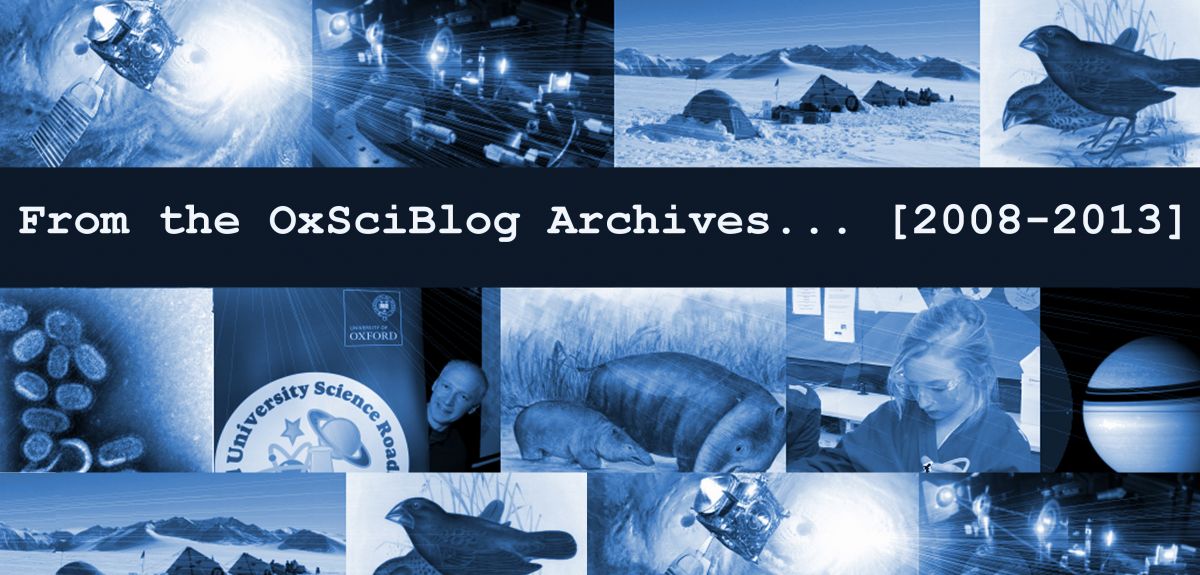
Learning left from right
Pop psychology assertions about left-brain/right-brain differences are pretty much tosh. Our personalities are not dominated by a battle between the creative skills residing in one half of the brain competing with the hard reasoning in the other.
But that’s not to say there aren’t any differences between the left and right sides of our brains. There are some anatomical details that differ between the opposite hemispheres of the brain. Language appears to be localised more to networks in the left brain, and differences in the brain can be seen according to whether we are right-handed or left-handed.
Understanding the detail of these left-right differences – how they occur and how they underlie the processing going on in our brains – is tricky, though.
A research group based at Oxford and Cambridge universities led by Professor Ole Paulsen has been using some of the latest, most precise neuroscience techniques to get a handle on this problem.
The scientists studied recently discovered asymmetries among nerve cells involved in learning and memory processes in the mouse brain. Their findings were published in Nature Neuroscience.
These particular nerve cells, or neurons, are found in the mouse hippocampus, part of the brain intimately involved in memory.
Neurons in one part of the hippocampus have different numbers of brain-chemical-responding proteins according to whether they are contacted by the left or right side of another region of the hippocampus.
The question is whether this finding of a molecular left-brain/right-brain difference is important: does it play any role in learning and memory?
Standard lab techniques for probing neurons and working out what’s going on tend to use electric currents to stimulate the nerves to fire. But such approaches would not be fine enough or accurate enough to pinpoint differences according to whether signals came from the left or right side of the hippocampus.
So the researchers used laser light and gene technology to gain extra control and be able to define exactly which neurons were being stimulated to fire. The technique, known as optogenetics, was pioneered by Professor Gero Miesenböck at Oxford.
‘It enables us to be far more precise about which cells are being activated. We really gain control over what’s happening in a cell,’ explains Oxford DPhil student Olivia Shipton.
Olivia and her colleagues used this approach to stimulate only the key neurons on the left side of the hippocampus, or alternatively only the neurons on the right.
They then measured what this did in the neurons receiving these connections. They reasoned that if the left-right asymmetry in the hippocampus is important, there may be differences according to which side of the brain the signals came from.
They found that signals coming from the left hippocampus led to a strengthening of long-term electrical connections between neurons. This strengthening of connections is a widely accepted model of learning and memory in the brain.
‘It is thought to be associated with how we lay down new memories,’ says Olivia.
In contrast, there were no such changes with signals coming from the right hippocampus.
‘There was a striking difference. It suggests that the left and right hippocampus in the mouse have distinct functions in learning and memory processes,’ says Olivia.
She adds that it’s possible to speculate that the right hippocampus may provide a constant signal or context against which new learning could be compared through the left side.
The group now want to explore if this functional difference between the left and right sides of the hippocampus is important in guiding the learning of mice.
They believe it should be possible to use the same techniques to control which sides of the hippocampus fire and whether this affects a mouse’s spatial memory as it learns how to navigate mazes.